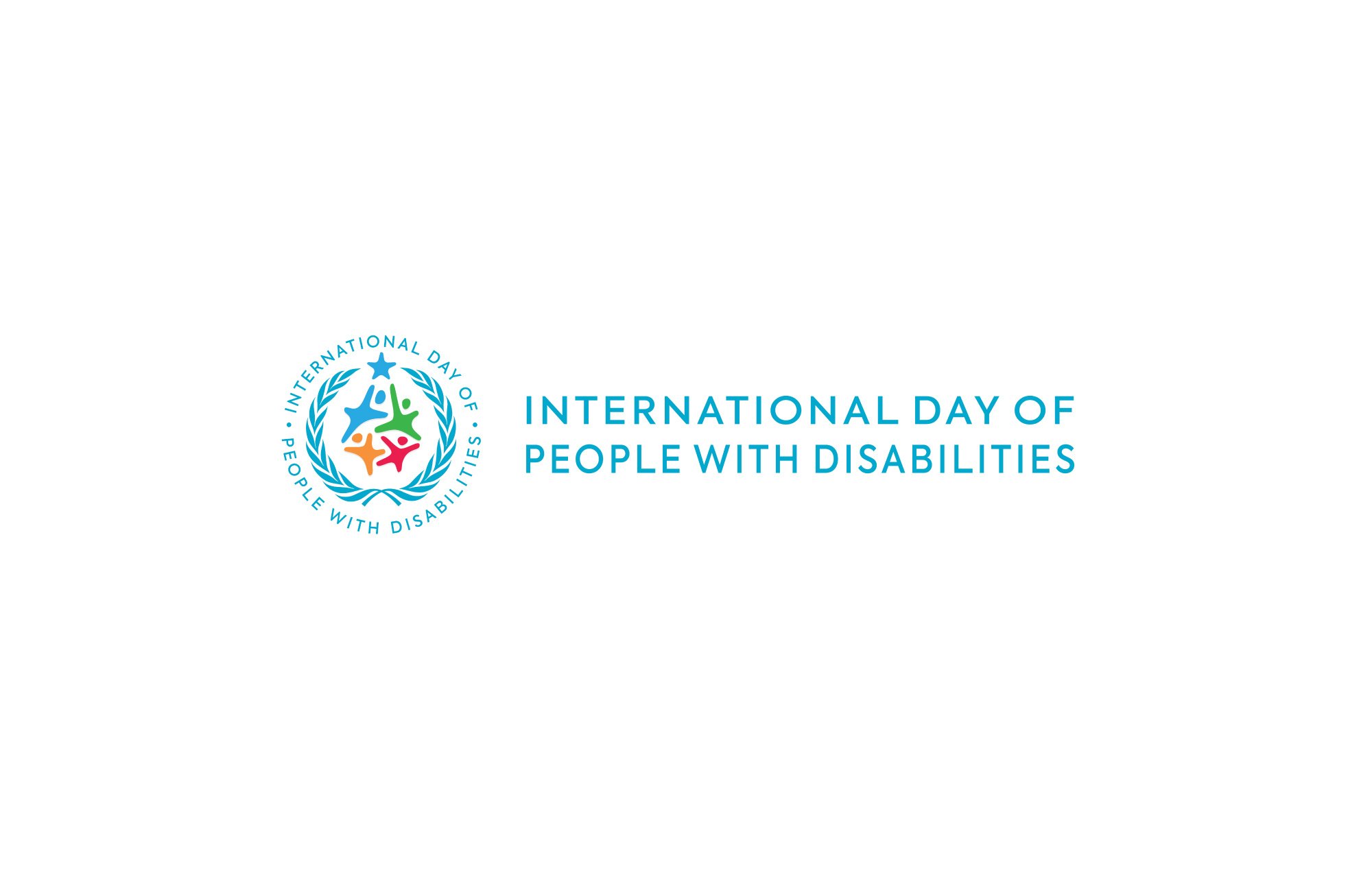The implementation of the Americans With Disabilities Act (ADA) 31 years ago ushered in a new era for millions of disabled people.
The ADA has proven remarkably effective at protecting the rights of disabled Americans, especially the d/Deaf and hard of hearing community.
According to the law, everyone has the right to be given the opportunity to communicate in society, including in public and private spaces.
The ADA prohibits discrimination against disabled people across a wide-range of areas, including employment, transportation, in public places, and in accessing state and local government services.
For the d/Deaf and hard of hearing community, which makes up approximately 3.6 percent of the U.S. population, the law was transformational as it required public and private entities to consider their needs for the first time.
Gerard Buckley, president of Rochester Institute of Technology’s National Technical Institute for the Deaf, who attended the White House ADA signing in 1990, wrote about the law’s “profound” impact in an article commemorating its 30-year anniversary.
“In many ways, I feel the most important changes brought about by the legislation relate to making it easier for deaf people to communicate. In his book ‘A Phone of Our Own: The Deaf Insurrection Against Ma Bell,’ historian Harry Lang described the long struggle in the deaf community to gain access to the telephone. The ADA provided a huge leap forward by requiring the establishment of nationwide telecommunications relay services.
“This system provided telephone access 24/7 to deaf citizens who previously had relied on volunteer services with limited hours,” he continued. “No longer would deaf individuals be excluded from employment opportunities requiring the use of the phone. And it enabled deaf people to participate in the mainstream of the American life by being free to call for pizza or to wish a loved one happy birthday.”
On Sept. 25, 2010, the Department of Justice published revised regulations “to ensure that communication with people with these disabilities is equally effective as communication with people without disabilities.”
As a result, public and private businesses open to the public must give d/Deaf and hard of hearing individuals an “equal opportunity to participate in and to benefit from their services,” according to the National Association of the Deaf.
To provide equal access, these entities must offer auxiliary aids, technologies, and services, such as a qualified notetaker, sign language interpreter, real-time captioning, written materials, telecommunication relay services, video relay services, and/or video remote interpreting.
Whenever you’re making decisions about such services, consider the nature, length, complexity, and context of the communication. It’s also best to ask individuals about their preferred forms of communication.
Despite the ADA being bolstered over time, d/Deaf and hard of hearing individuals continue to encounter barriers—especially in healthcare settings.
“Effective communication is particularly critical in health care settings where miscommunication may lead to misdiagnosis and improper or delayed medical treatment,” states the U.S. Department of Justice Civil Rights Division’s ADA Business BRIEF.
Over the years, various courts have heard a string of cases for this exact reason. In 2008, a New Jersey jury awarded a deaf individual $400,000 because a physician failed to provide a sign language interpreter.
In another ADA case, federal prosecutors in Connecticut reached a settlement agreement with the Institute of Living, a mental health center, after it failed to provide a deaf woman with a qualified interpreter, effectively denying her access to group therapy sessions, according to the Justice Department.
The Institute of Living agreed to provide free auxiliary aids and services at all of its facilities to individuals who are d/Deaf or hard of hearing. The agreement also required the mental health center to provide ADA training to staff and pay the unidentified woman $10,000.
Still, the ADA isn’t entirely full-proof, especially as it relates to digital tools. In an opinion piece for The Hill, Sherri Turpin, the CEO of a communications firm that provides services to people who are d/Deaf and hard of hearing, argued that those Americans “have been left behind in an increasingly digital communications world.”
In 2011, multiple organizations, including the National Association of the Deaf and Telecommunications for the Deaf and Hard of Hearing, Inc., issued a statement to the Federal Communications Commission (FCC), asking it to maintain functional equivalency through its national Telecommunications Relay Service (TRS) program. The statement asked the FCC to move the program forward, address deficiencies in outreach and research, emphasize relay services for the entire U.S. population, adapt the program to the changing world, and provide equal attention and support for all forms of TRS.






Leave a Comment